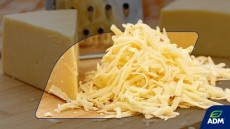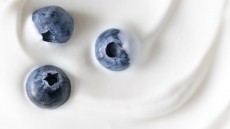New stabiliser systems target fermented dairy
Hydrosol Produktionsgesellschaft, based in Ahrensberg nr Hamburg, has been offering stablising systems for dairy products for some years, but has recently seen an increase in clean label enquiries.
Theis Meier, head of applications technology, said modified starch has typically been used to bind whey and water, help the product withstand the rigours of transport and temperature fluctuations, and act as a protective colloid for the protein.
But despite its good functional properties, modified starches must be declared in the ingredient statement, and the word ‘modified’ carries negative connotations for consumers, as they (wrongly) associate it with genetic modification.
In response to this trend, the company is now introducing two new stabiliser system series, called Stabisol J and Stabiprot, both of which are designed to have the same functional properties as the starch in yoghurt, quark, cream cheese and sour cream-type products.
Stabisol J comprises dietary fibres with hydrocolloids such as pectin, and milk protein fractions. Meier explained that the fibres give texture and help bind water, and the proteins give a creamy mouthfeel (and bind water too). The hydrocolloids, meanwhile, protect the milk protein and round off the flavour.
As for Stabiprot, the range consists entirely of proteins, “therefore lend themselves very well to clean labelling”, said the company.
Hydrosol’s systems are always tailor-made to suit the specific needs of a customer, and it does not have off-the-shelf ingredients.
But the system used depends on a whole number of factors, including the application and production technology, the production environment and temperature, and other ingredients in the formulation, and the level of fat.
For example, a low fat yoghurt using Stabisol J would require more proteins and fibre to achieve the right texture than one with 3.5 per cent fat.












